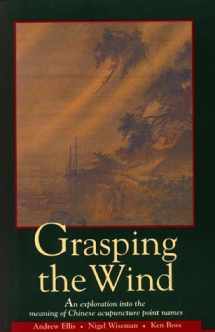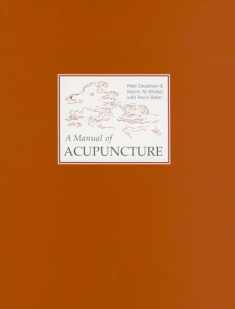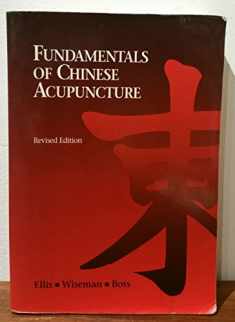
Grasping the Wind: An Exploration Into the Meaning of Chinese Acupuncture Point Names (English and Chinese Edition)
Book details
Summary
Description
Point names, the traditional means for identifying acupoints, have meanings that are, like the wind, hard to grasp. Yet enfolded in these often poetic words is a utility that involves the complex associations derived from the evolution of the Chinese language and the vast array of therapeutic nalogies found in traditional medical works.
In discussing the point names, the authors examine the meaning, context, and significance of each acupuncture point to promote understanding of the point's use in acupuncture practice. Guidelines for understanding the nature and structure of the Chinese language are offered, along with discussions of the Chinese rationale for naming points and point groupings. The reasoning for selecting the English names is offered so that readers may adapt the names for their own use. Each of the 363 points covered is listed according to the system currently used in China. Descriptions include the name in Chinese characters, in Pinyin, and in English. The classical location according to major Chinese texts, the associated point groupings, an explanation of point functions, and classical energetic associations are also noted. Further detail is provided by inclusion of channel relationships, five-phase relationships, and qi functions. Additional notes detail linguistic and practical considerations that have accrued to the point over time. Alternate names for the point are given, again in Chinese, Pinyin, and English. Indexes provide stroke order listings, point group names, and point lists for each character. A glossary of all the characters used in point names provides a definition for each Chinese character. This book provides much valuable theoretical and therapeutic information.


We would LOVE it if you could help us and other readers by reviewing the book
Book review





